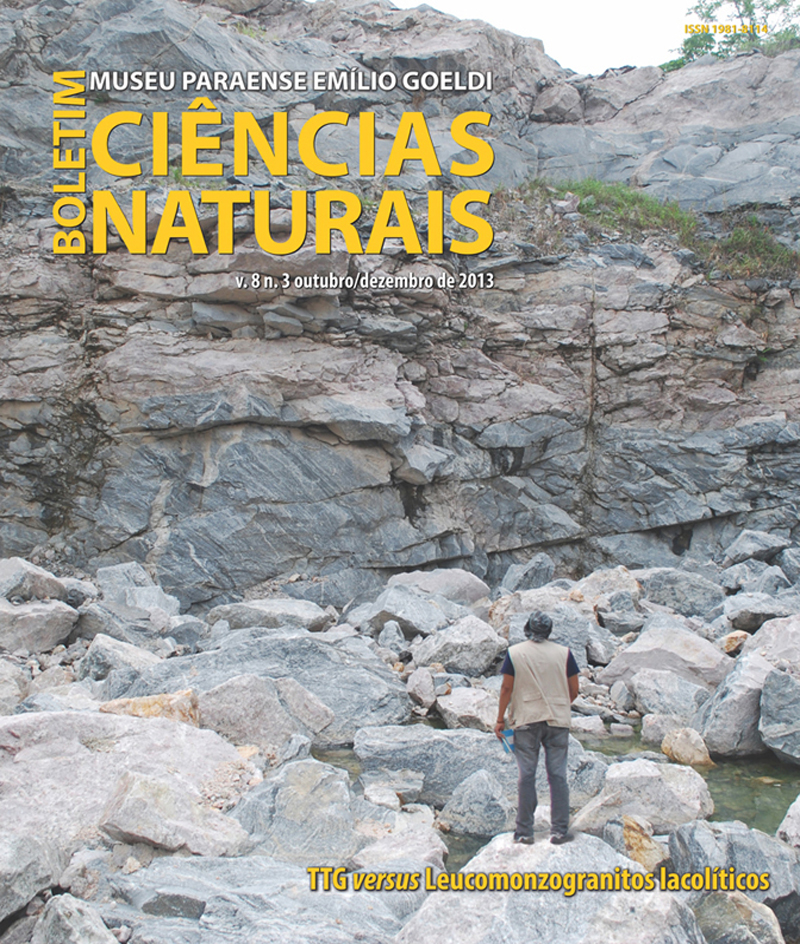Diet of the Brazilian Tanager (Ramphocelus bresilius) in an urban shrubby restinga in Southeast Brazil
DOI:
https://doi.org/10.46357/bcnaturais.v8i3.558Keywords:
Feeding, Tartar emetic, Ramphocelus bresilius, Urban park, Rio de JaneiroAbstract
Restinga is a relatively recently evolved ecosystem with a species-poor avifauna. The objective of this study was to investigate the diet of the Brazilian Tanager (Ramphocelus bresilius) in Chico Mendes Municipal Natural Park, located in the city of Rio de Janeiro, where dry and marshy restingas predominate. Tanagers were captured in nets between August 2004 and November 2005 and received tartar emetic, resulting in 41 samples of induced regurgitation and/or faecal samples. We found that 32% of samples were composed of only vegetable items, 8% animal matter and 58% contained a mixture of animal and vegetable items. Seeds of Ficus sp. were found in 36% of samples, as well as Alchornea triplinervia (19%), Lantana camara (9%), Cestrum sp. (4%), Ficus religiosa (4%) besides the Psychotria sp., Myrsine sp., Piper sp1, Piper sp2, Cecropia sp. and morphotypes (1, 2 and 3) with 2% each. Unidentified vegetable items totaled 11% of samples. Of the invertebrates identified Coleopteran arthropods were the most encountered order (30.2%). Ramphocelus bresilius is an omnivorous species. A systematic collection of vegetable species in the area would bring a more consistent and functional database to support the identification of seeds found in the samples.
Downloads
Published
Issue
Section
License
Publication means fully assigning and transferring all copyrights of the manuscript to the journal. The Liability Statement and
Assignment of Copyrights will be enclosed with the notice of acceptance. All the authors must sign the document and return it to the journal.








